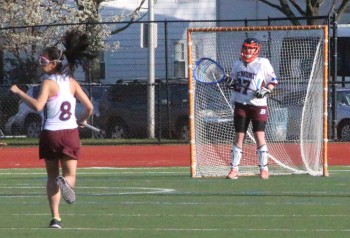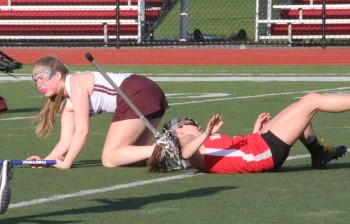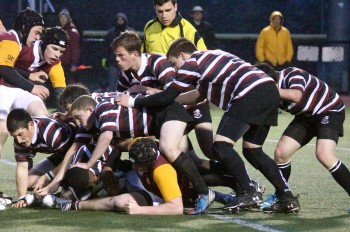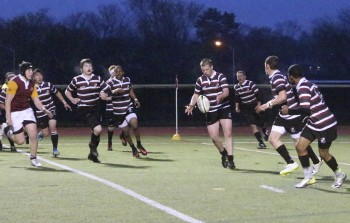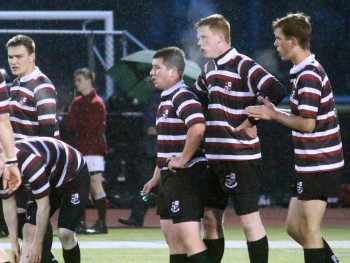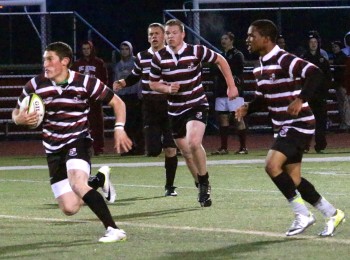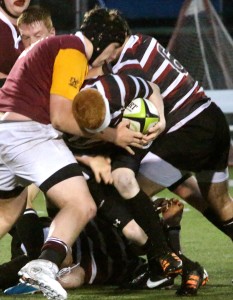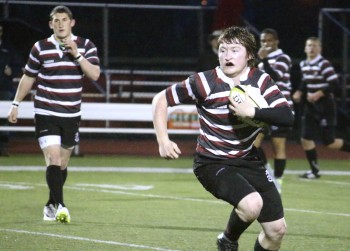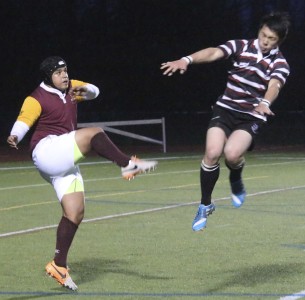After an opening session that was a two dog (article) night, the 2014 annual Belmont Town Meeting will resume at 7 p.m., Wednesday, May 7, with the remaining non-budgetary articles with a real chance of finishing the May portion of the yearly assemblage of the town’s legislative body.
The approximately 300 representatives who will gather at Belmont High School’s auditorium are tackling a number of new issues and others returning to Town Meeting for subsequent votes.
Representatives are asked to be in the auditorium before 7 p.m. so the meeting can start on time.
A copy of the warrant which contains the articles can be found here on the Town Clerk’s web page.
Tonight’s meeting will be broadcasted live by the Belmont Media Center.
First up for debate and a vote tonight will be the two articles concerning the funding of the proposed new Underwood Pools complex scheduled to replace in June, 2015 the 102-year-old swimming “pond” adjacent to the Belmont Public Library at the corner of Concord Avenue.
Reps will vote on a $2 million grant from the town’s Community Preservation Committee as well as allowing the town to borrow $2.9 million the town’s voters approved by 62 percent on Town Election on April 1.
Next will be the remaining six CPA grants including a first-time homebuyer’s program that could come under some questioning as the Warrant Committee overwhelmingly voted against the funding.
Back for a second try is a proposed bylaw regulating yard sales to three a year. The citizen’s petition was defeated in the Special Town Meeting in November.
A second citizen’s petition will attempt to kill a bylaw that passed in November: the new residential snow removal bylaw that has been enforced for just one snow “event” this year.
The last article on tonight’s agenda will be where residents will have to travel to get their medical marijuana with the creation of an overlay district.

